Varieties Of Lantana: Learn About Lantana Plants For The Garden
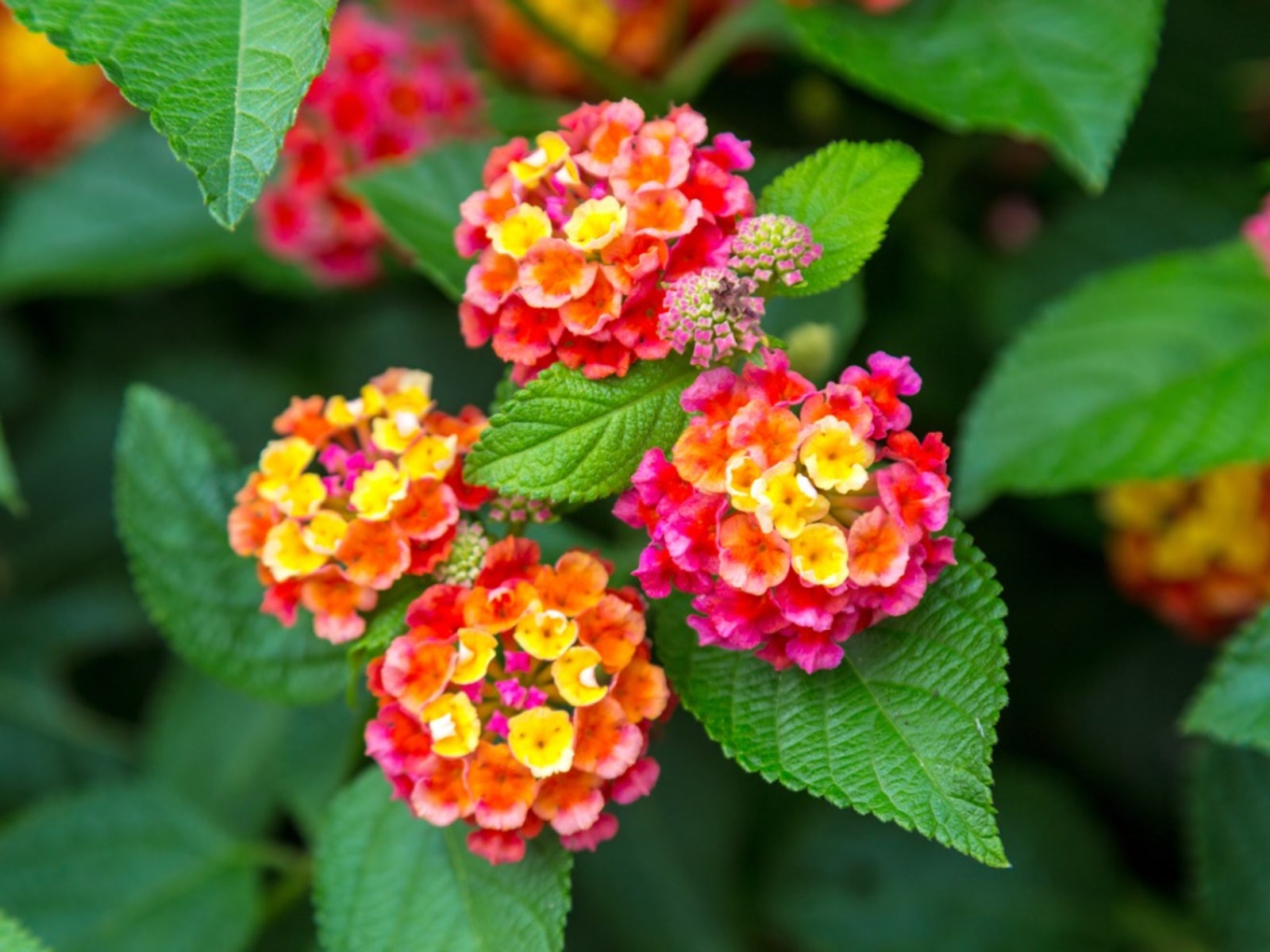

Summer flowers are the song in the season's heart. Lantanas are perfect examples of lively colored blooms that persist all season long. Over 150 species make up the family and there are many more types of lantana from which to choose due to heavy hybridization. One of the lantana varieties, Lantana camara, should be avoided in moist, warm regions where it can naturalize and become a pest plant. Most of the varieties of lantana are annuals, unless grown in the warmer regions of the continent.
Lantana Varieties
Lantana nursery species are derived primarily from Lantana camara and Lantana montevidensis, a trailing form. Common lantana (L. camara) is the most cultivated form of the group. Wild lantana (Lantana horrida), found in Texas and other warm, arid regions, has pungently scented leaves. Lantana plants for the garden can flower all year in warmer climates. There are now dwarf forms of the plant as well as the trailing and bushy varieties of lantana.
Trailing Lantana Plant Varieties
Lantana plants that are hybridized from L. montevidensis produce long branches. These are useful in containers as trailing accents and most get less than 12 inches (31 cm.) tall. 'Clear White,' 'Trailing Yellow,' and 'Weeping Lavender' have names indicative of their spreading habit. There is also 'New Gold' and 'Alba' as well as 'White Lightning' and 'Lavender Swirl.' The dwarf or petite lantana varieties also tend to have a spreading habit. The smallest lantana available are in the Patriot series. 'Patriot Popcorn' and 'Patriot Honeyglove' are white and yellow with Honeyglove adding blush pink to the flower display.
Bushy Types of Lantana
One of the most commonly grown species is "Miss Huff." It is a reliable bushy form that can get 5 to 6 feet (1.5-2 m.) tall in one season. The flowers are a gorgeous mixture of coral, orange, pink, and yellow. For elegant red, orange, and yellow blooms try 'New Red.' 'Samantha' is bright yellow and has variegated foliage. Many of the bushy forms are also sterile, meaning they won't produce toxic fruits. 'Pinkie' is bicolor and a compact sterile plant, while 'Patriot Dean Day Smith' is a pastel plant that produces a 5 foot (1.5 m.) tall mound. One of the most astounding lantana plant varieties is 'Silver Mound,' which as its name suggests, has icy white flowers with golden centers.
Popcorn Lantana Varieties
One of the quirkiest types of lantana are the popcorn varieties. They are developed for their clusters of fruit. Plants grow 3 feet (1 m.) tall with a similar spread and produce elongated colorful fruit after bloom. Popcorn lantana (Lantana trifolia) includes two main cultivars: Fruity Pebbles and Lavender Popcorn. These are native to Central and South America and prefer hot, sunny locations. The species is also known as 3-leaved lantana due to the leaves which appear in whorls of three. The bright purple to pink dense clusters of fruits are often thought to be more ornamental than the flowers themselves, and the plants grow rapidly in tropical to sub-tropical regions.
Gardening tips, videos, info and more delivered right to your inbox!
Sign up for the Gardening Know How newsletter today and receive a free copy of our e-book "How to Grow Delicious Tomatoes".

Bonnie Grant is a professional landscaper with a Certification in Urban Gardening. She has been gardening and writing for 15 years. A former professional chef, she has a passion for edible landscaping.
-
 Looking For Plants To Give You The Soft And Fuzzies? Try These 5 Fuzzy Leaf Plant Options
Looking For Plants To Give You The Soft And Fuzzies? Try These 5 Fuzzy Leaf Plant OptionsLovers of texture, drama, silver foliage and tactile plants will adore these special sensory garden additions. These fuzzy leaf plant options will leave you all aglow
By Susan Albert
-
 Get Ready For A Summer Of Hummers! Grow These Full Sun Hummingbird Plants and Flowers
Get Ready For A Summer Of Hummers! Grow These Full Sun Hummingbird Plants and FlowersIf you’re lucky enough to enjoy a sunny backyard, make sure you are maxing out on your pollinator opportunities and grow these full sun hummingbird plants and flowers
By Tonya Barnett
-
 Growing Lantana Indoors For The Winter
Growing Lantana Indoors For The WinterCan I bring Lantana inside for the winter? Well, click here to find out.
By Tonya Barnett
-
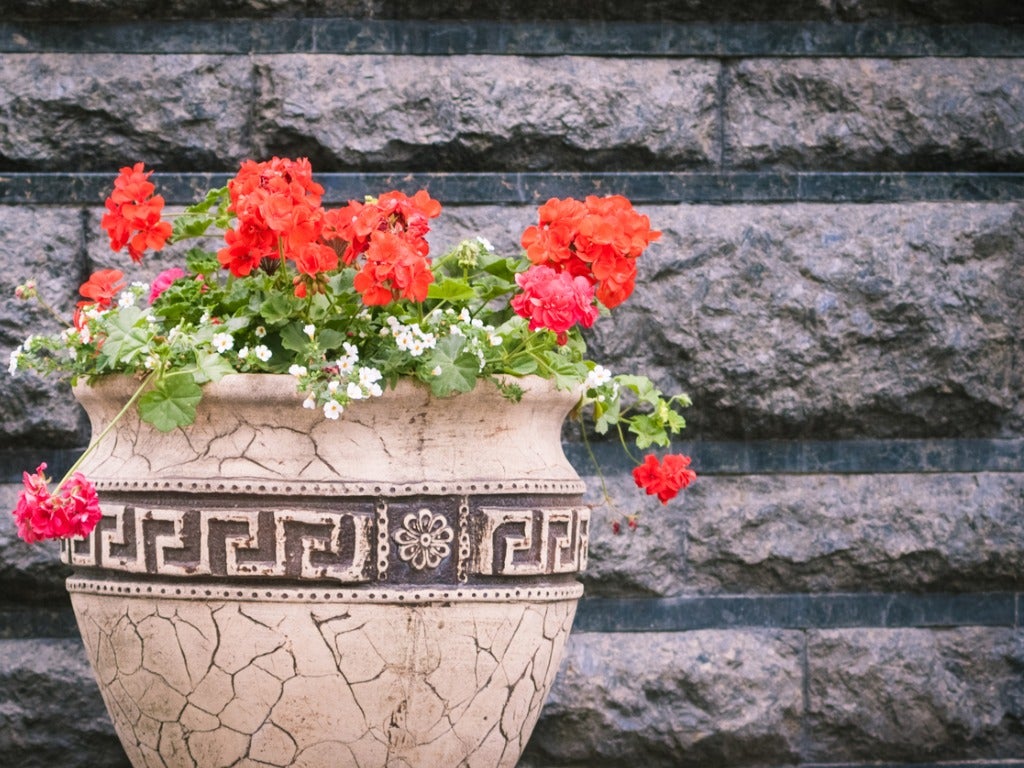 Repotting Lantanas: When And How To Repot Lantana Plants
Repotting Lantanas: When And How To Repot Lantana PlantsLantana is ideal for growing in containers or ornamental raised flower beds. With proper care, gardeners can enjoy the small showy flowers for many years to come. In doing so, learning how to repot lantana will be important. This article will help with that.
By Tonya Barnett
-
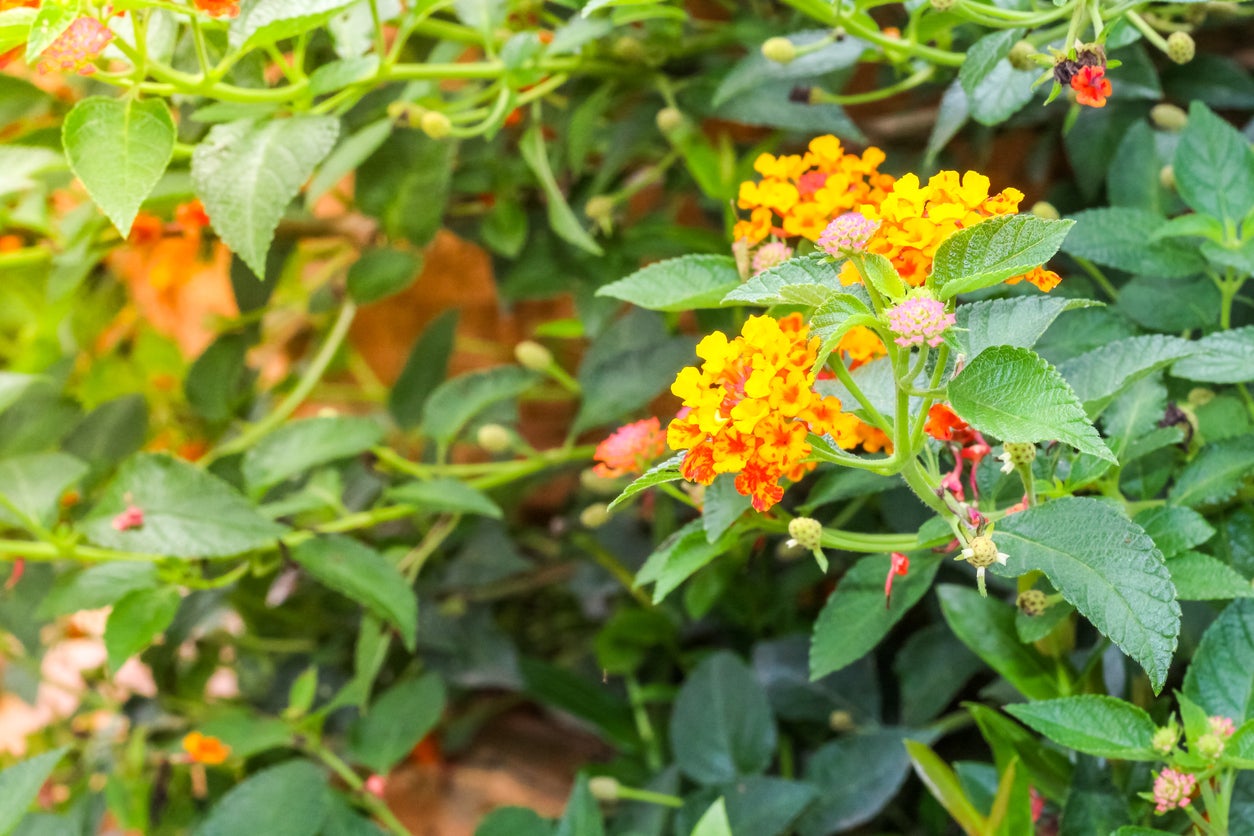 Controlling Lantana Weeds: Stopping Lantana Spread In The Garden
Controlling Lantana Weeds: Stopping Lantana Spread In The GardenIn some gardens, Lantana camara is a pretty, flowering plant that adds delicate, colorful blooms to flower beds. In other areas, though, this plant can be more of a pest. Find out ways for controlling lantana weeds in your yard by clicking this article.
By Mary Ellen Ellis
-
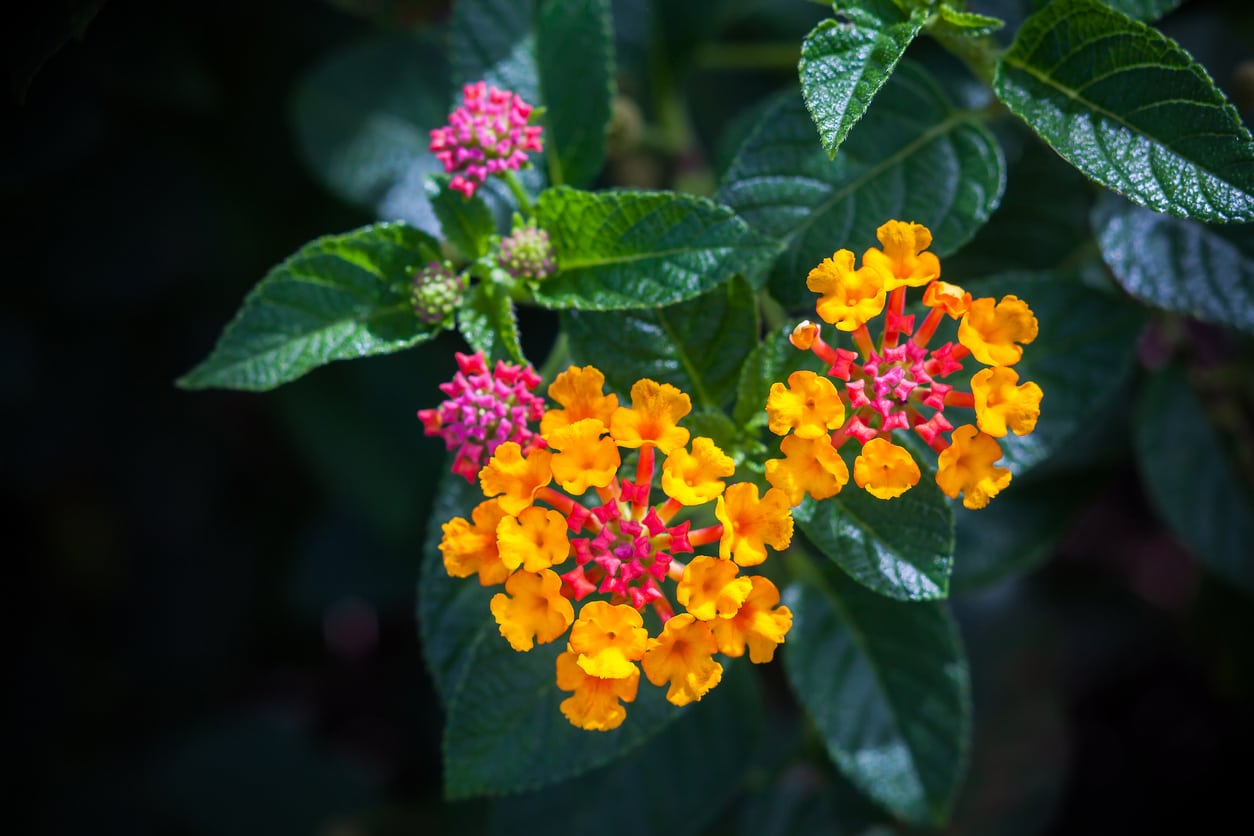 Can You Transplant Lantanas: Tips For Moving A Lantana Plant
Can You Transplant Lantanas: Tips For Moving A Lantana PlantIf you have a lantana that is struggling in its current location or has outgrown its space and is not playing nice with other plants, you may be searching for some tips on how to transplant lantana. This article will help get you started with that.
By Darcy Larum
-
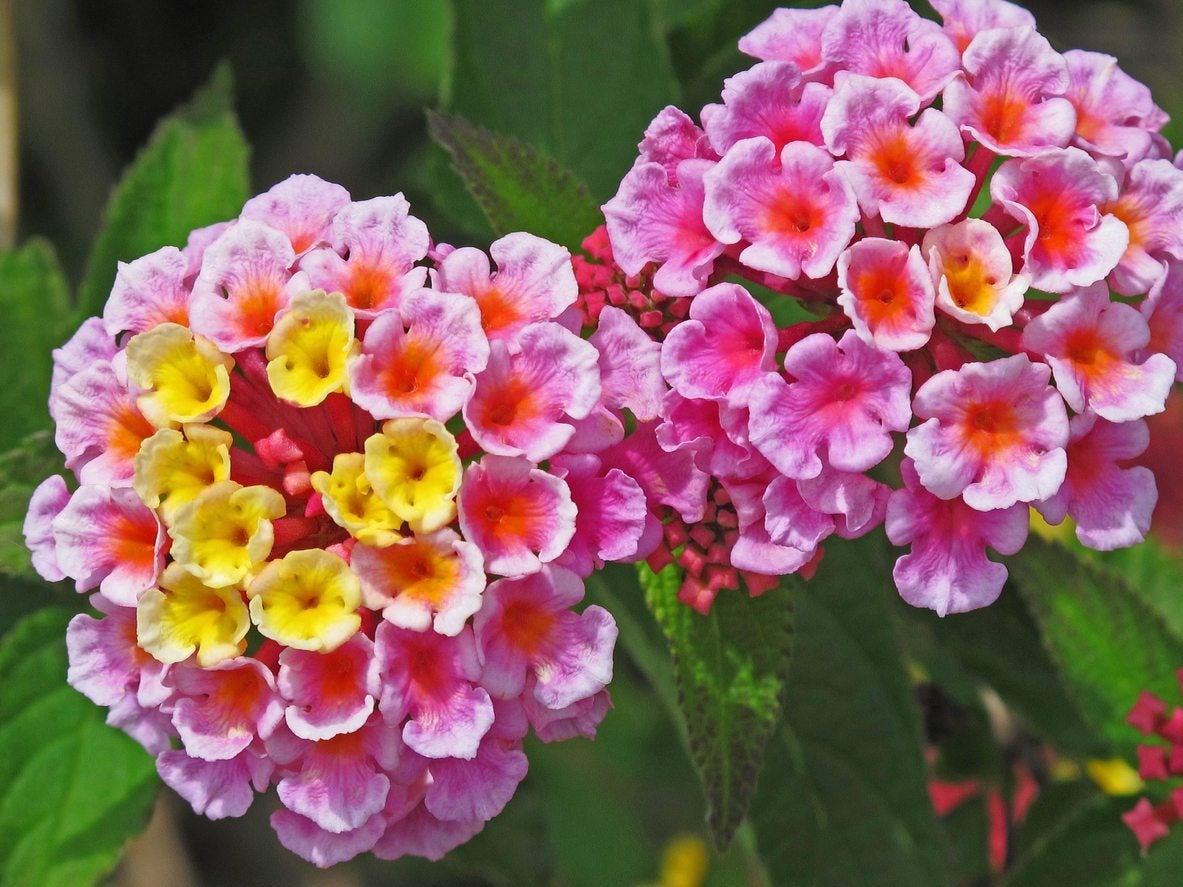 Color Changing Lantana Flowers – Why Do Lantana Flowers Change Color
Color Changing Lantana Flowers – Why Do Lantana Flowers Change ColorSince a lantana flower cluster has flowers of multiple ages, it will often display different colors in the center and on the edges. You can observe lantana flowers changing color in your garden as the season advances. Learn other reasons for color changing in this plant here.
By Ilana Goldowitz Jimenez
-
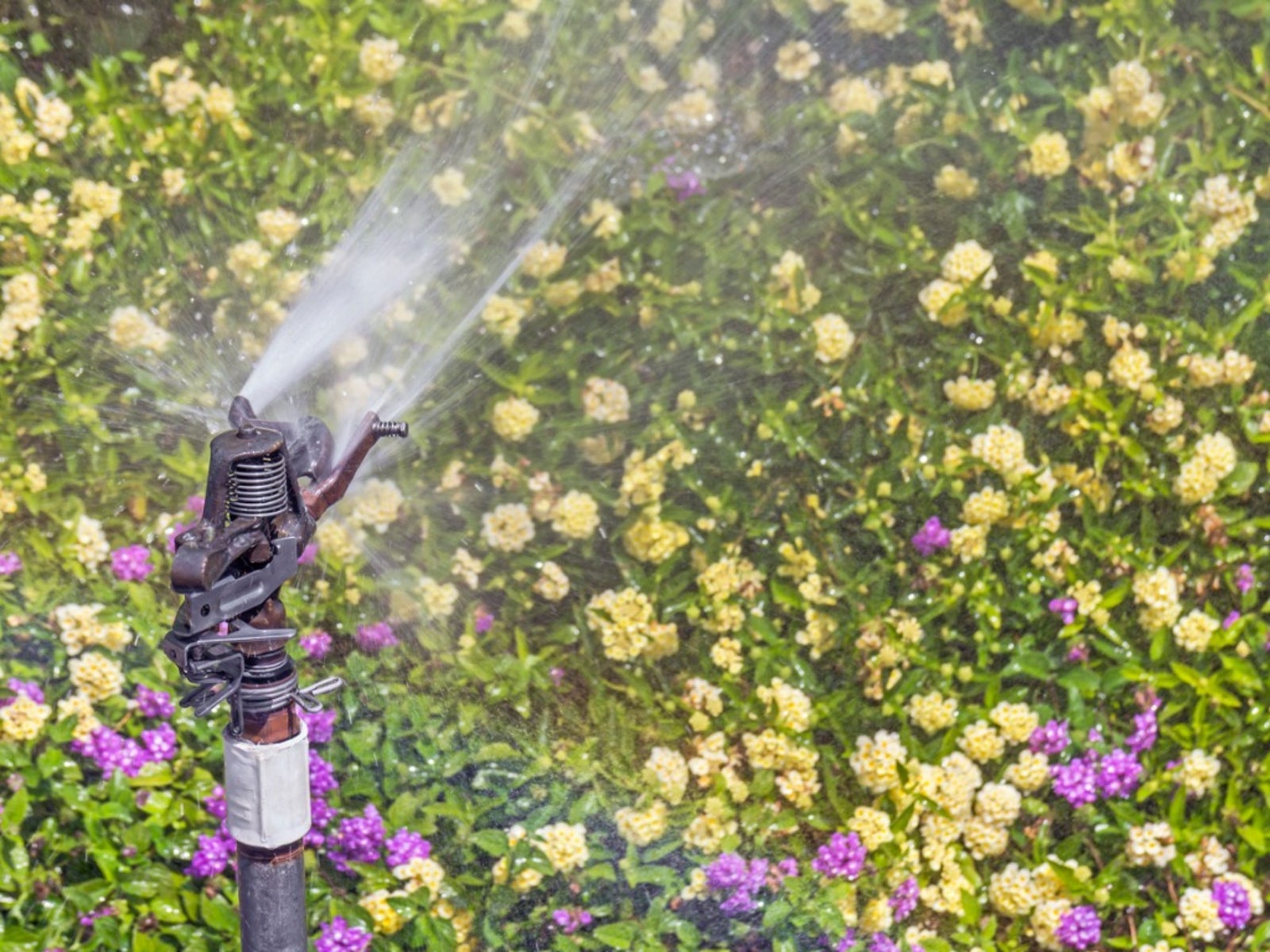 Lantana Watering Needs – Tips On Watering Lantana Plants
Lantana Watering Needs – Tips On Watering Lantana PlantsLantana can tolerate drought once established but the best development and flowering results from consistent watering. How much water do lantana plants need? We will discuss when to water lantanas for best growth and flower production in this article.
By Bonnie L. Grant
-
 Lantana Leaf Yellowing – Treating Yellow Leaves On Lantana Plants
Lantana Leaf Yellowing – Treating Yellow Leaves On Lantana PlantsGardeners love lantana because of its brightly colored blossoms that attract butterflies and bloom from spring to frost. If you see your lantana plant turning yellow, it could be nothing or something serious. Click this article for more information.
By Teo Spengler
-
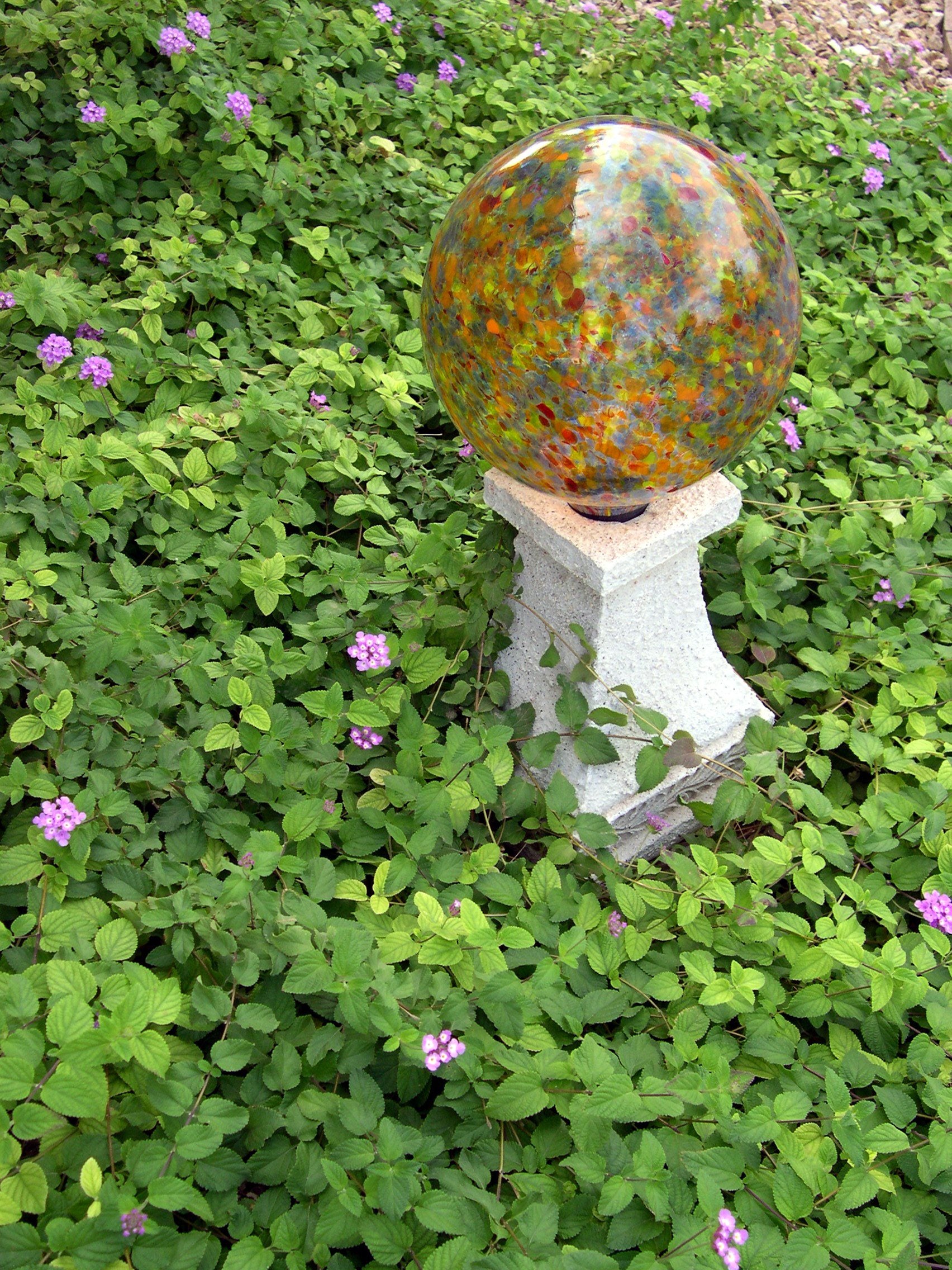 Lantana Groundcover Plants: Tips On Using Lantana As A Groundcover
Lantana Groundcover Plants: Tips On Using Lantana As A GroundcoverMost lantana plants reach heights of 3 to 5 feet (1 to 1.5 m.), so lantana as a ground cover doesn't sound very practical - or does it? If you live in USDA plant hardiness zone 9 or above, trailing lantana plants make wonderful year-round ground covers. Click here to learn more.
By Mary H. Dyer